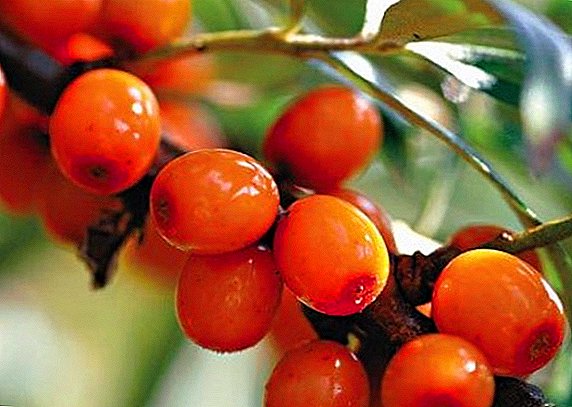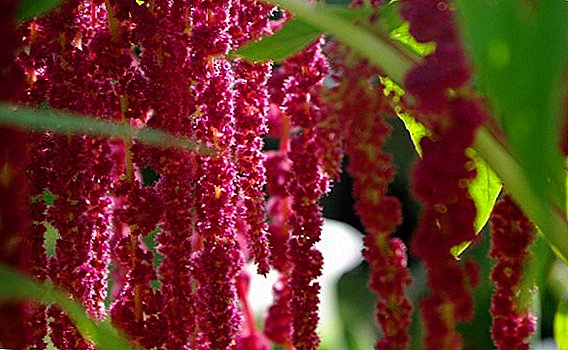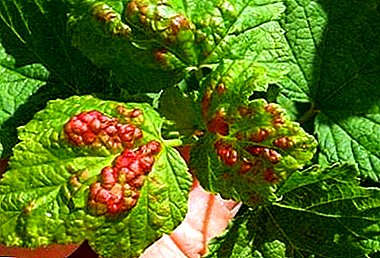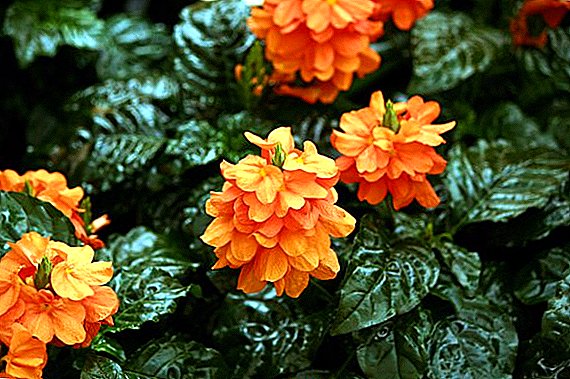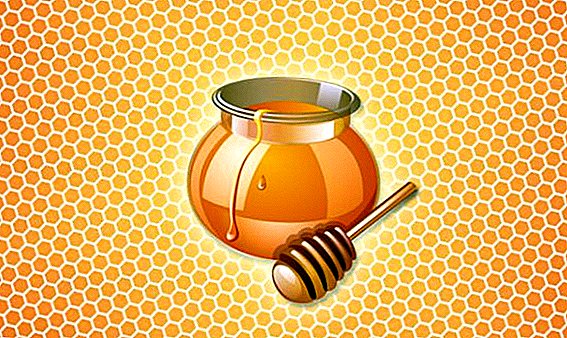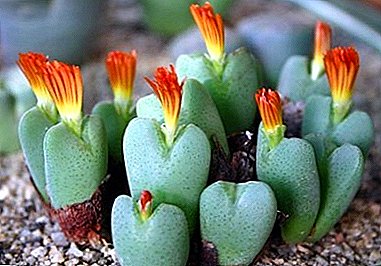
Konofitum belongs to the family of aizovyh and has another name - "live stones".
The homeland of this plant extends from South Africa to Namibia. Can be seen growing in rocky cracks, in quite dry conditions.
Prefers also coastal desertsrich in fogs.
Konofitum can be called dwarf plant. It grows from a few millimeters to 5-8 cm. It perennial. Growing, it forms whole colonies.
Every single plant consists of two very fleshy leaves. They are either partially or completely fused. The pedicle appears from the center, between the leaves.
A photo
Conophytum in bloom:



Home care
Temperature
During the winter months it is kept at a temperature from 5 to 15 degrees. In the summer should not exceed 38 degrees.
Watering
The flower has a period of rest. He starts from the middle of winter and lasts until the beginning of summer. During this period, watering should be completely stop. During this time, the leaves will begin to shrink, and the skin to thin.
But this does not mean that the plant dying. Inside develop new leaves.
If you start watering the plants at the time of formation of the new leavesthen it will die.
After the end of the rest period, water 1 time in 7-10 days. In the autumn and at the beginning of winter water no more than 1 time in 14 days. This will be a preparation for the rest period.
Air humidity
The plant easily carries dry air. During the rest period you need to provide minimum air humidity.
Light mode
 Flower moderately photophilous, but the most important thing is to avoid direct scorching rays.
Flower moderately photophilous, but the most important thing is to avoid direct scorching rays.
He gets a sunburn easily enough.
Therefore, in the beginning of spring you need to gradually accustom you to the sunlight.
In the summer it is desirable to keep the plant in a shaded place.
In the autumn you can leave on the windowsill without fear of burns.
Transplant after purchase
Before buying in a store, you need to clarify the age of the plant, whether it has been planted for a long time, and what kind of earth is in a pot. Mostly flowers are sold in peat land.
Such soil does not fit for growing. Therefore, it must immediately be transplanted. Konofitum - a plant that pastet whole colonies. It does not like extra space in a pot. Usually the flower is transplanted every 2-3 years.
Pot for planting need to choose shallowas the root system develops superficial.
Be sure to lay out the bottom of the pot thick layer of drainage.
The plant can be planted in several pieces in one pot, especially if they are very small. The best period for a transplant is summer months, enhanced growth period. During the rest you can not make transplants.
The soil
 The soil for transplanting can be purchased at a specialty store or prepared by yourself.
The soil for transplanting can be purchased at a specialty store or prepared by yourself.
To do this, mix the soil, river sand, clay in proportions of 2: 2: 1.
After planting plants in the new land need refrain from watering.
This is done to ensure that the root system has taken root.
The first watering after transplanting exercise in 14 days.
Fertilizers (dressing)
During planting in a new pot and for 2 weeks after, you can not fertilize the plant. You can feed no more than 1 time per month. Feeding you need to use, purchased in a specialized store. Dosage used 2 times lessthan indicated in the instructions. Fertilizers are applied during watering.
Breeding
 Konophytum is propagated by seed, division or grafting.
Konophytum is propagated by seed, division or grafting.
After winter, the growth of young leaves begins.
When they get rounded, need to cut separate head using a sharp knife.
The place of the cut must be powder with phytohormone powder and leave to dry for two days.
After that, plant in dry soil without watering.
First watering done in 3-4 weeks, during this time there will be roots.
Seed multiply quite troublesome. They mature about a year.
After collecting them put for 2-3 months in a cool place. Disembarkation is carried out in a moist soil, sprinkled with sand on top.
Cover the pot with plastic wrap and keep it warm. 16-20 degrees. The first shoots should appear in 2 weeks. Remove the film and put the pot with shoots in a cool and well ventilated place.
You can use cuttings. This is transferring small groups into a new container.
Pruning
In pruning, including after flowering, plant does not need.
Bloom
 In late September, buds cut between the fleshy petals.
In late September, buds cut between the fleshy petals.
The flowers are large, bright color.
There are painted in yellow, pink, white or purple.
Inflorescence structure resemble daisy.
Lack of flowering can serve insufficient lighting, improper watering or nutritional deficiencies in the soil.
Lifespan
With proper care, the flower will live long 12-15 years. But over time, the stem lengthens, flowering ceases, attractive appearance is lost.
Kinds
Bilobed (Conophytum bilobum)
It has two accrete fleshy leaves, with a clearly defined slit. The body is flattened, has a heart-shaped structure. Grows up up to 4 cm tall and up to 2.5 cm wide. The leaves are gray-green with a red trim. Blooms at the end of September. A yellow flower appears between the petals, diameter 3.5 cm.
Concave (Conophytum concavum)
 Merged two leaves form a flat pillow shape.
Merged two leaves form a flat pillow shape.
The gap between them is almost invisible.
The body at the top is slightly concave, light green in color.
The surface is smooth. Leaves about 2 cm in diameter.
Bud appears in early October.
The flower blooms white, up to 2 cm in diameter.
Conishtum Elishae
The leaves are smooth, bluish-green color, covered with small dark spots. Leaves about 2.8 cm in circumference. Flowers bloom in October. Have yellow color.
Flavum (Conophytum Flavum)
Two accrete leaves are 1-2.5 cm. They are green in color with small brown patches. The pedicle is rather high at the top with a yellow flower.
Shrub (Conophytum Frutescens)
The leaves, grown together and slightly elongated, have a bluish-green color.
The heart of the flower is yellow, and the petals are red or orange.
This species grows rapidly, forming colonies.
Pelitsidum (Conophytum Pelicidum)
The fused leaves have a brown-green color. White flowers on a high pedicel. They are about 3 cm in diameter.
Diseases and pests
Pest control methods
Highly rarely affected by pests. The danger is worm or spider mite. Mite infects the whole plant. Leaves appear yellow specks, which darken over time.
The cobweb with moving and moving red dots becomes noticeable. The flower weakens, the flowers wither. Spider mite starts in a room with very dry air.
For prevention the plant is sprayed with water and gently. cleaned with a soft brush.
 Spider mite pretty hard to pull out. If rubbing with a soap solution does not help, then it is necessary to treat with toxic chemicals.
Spider mite pretty hard to pull out. If rubbing with a soap solution does not help, then it is necessary to treat with toxic chemicals.
When detected on the leaves of white, like cotton wool, cannon, we can say that the reason was the worm.
It releases a sticky fluid in which the fungus develops.
With the defeat of the buckworm plant stops in growth, the coloring becomes duller.
For prophylaxis, the same procedures are used as with tick infestation.
Can be used to remove the worm tincture of calendula.
Ways to treat diseases
Of the diseases most common root rot. The cause of the disease becomes improper and frequent watering, overcooling the soil. The leaves with this disease turn yellow, wither and the plant gradually dies. Affected mostly young plants.
Flower can be saved. Neatly affected areas are cut off root system washed under running water charcoal cuts are processed and landed in a new pot.
Konofitum quite simple to care. And if you adhere to some rules for care, then "flowering stones" will grow on your windowsill.
Among the succulent plants that are not demanding to care are popular: Adenium Obese, Adromiscus, Gasteria, Godson, Kalanchoe.
Useful video about conophytum:



